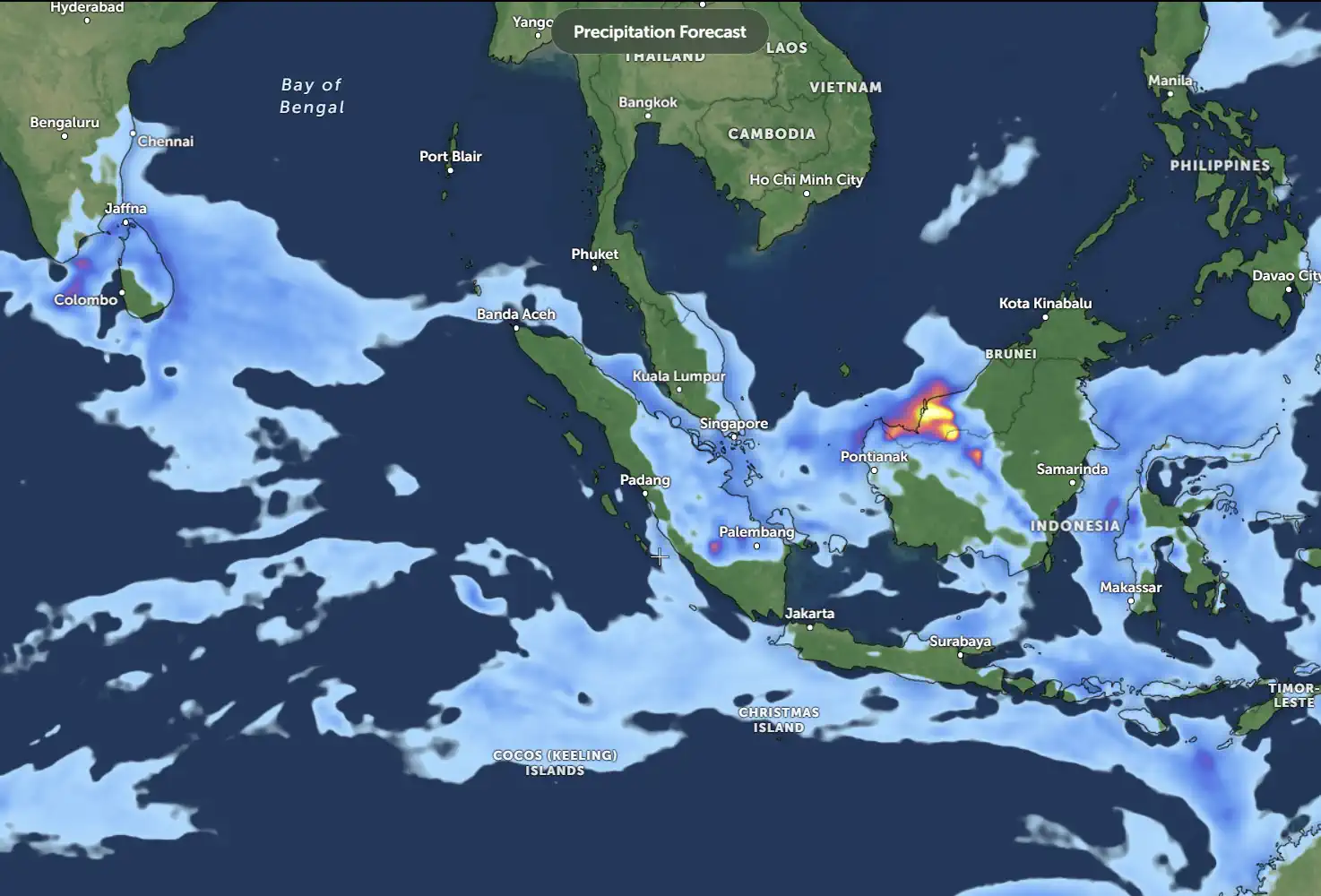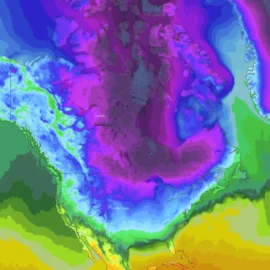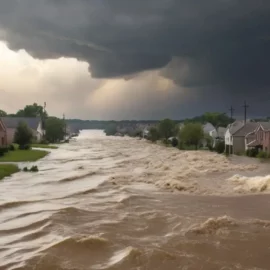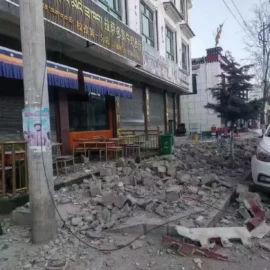Rains and Flooding in Indonesia and Sri Lanka: Causes and Impacts

Both Indonesia and Sri Lanka are currently grappling with extreme rainfall, resulting in devastating floods and landslides. These events highlight the vulnerability of tropical regions to intense monsoon activity and the interplay of climatic, geographical, and human factors that exacerbate these disasters.
Causes of Heavy Rains and Flooding
- Monsoonal Activity:
- Sri Lanka: The northeast monsoon is active, bringing consistent rainfall to the island, particularly in the north-central and eastern provinces. This seasonal weather pattern occurs from December to February, as moist winds from the Bay of Bengal collide with the island's central highlands, leading to orographic rainfall.
- Indonesia: Heavy rains in West Sumatra are linked to the tropical monsoon system influenced by the Intertropical Convergence Zone (ITCZ). The ITCZ shifts southward during this time of year, causing prolonged and intense precipitation.
- Geographical Features:
- Both regions have mountainous terrains that amplify the risks of landslides during heavy rains. In Sri Lanka, districts like Kandy and Badulla are particularly susceptible due to their steep slopes and deforested landscapes. Similarly, West Sumatra's hilly areas, such as Batang Kapas, experience landslides when saturated soil loses stability.
- Deforestation and Land Use Changes:
- In both countries, deforestation and unregulated construction have reduced the land's ability to absorb water, increasing surface runoff and flood risks. Agricultural expansion and urbanization exacerbate soil erosion, making slopes more prone to landslides.
- Climate Change:
- Rising global temperatures have intensified rainfall patterns, making extreme weather events like these more frequent and severe. Warmer air holds more moisture, leading to heavier downpours when conditions are right.
Impacts in Sri Lanka
- Flooding and Landslides:
- Low-lying areas in the Mahaweli River basin are experiencing significant flooding, with waters expected to rise further as rainfall continues.
- Landslides have been reported in the central highlands, particularly in Badulla and Kandy districts, endangering lives and infrastructure.
- Humanitarian Concerns:
- Residents in affected areas face displacement, with homes and agricultural lands submerged. Emergency warnings remain in effect, urging communities to evacuate.
Impacts in Indonesia
- Flooding:
- Over 1,400 homes in Pesisir Selatan have been inundated, with floodwaters reaching depths of 60 cm. Villages in Batang Kapas, IV Jurai, and Sutera sub-districts are among the hardest hit.
- Landslides:
- Landslides have disrupted the Padang-Bengkulu national road, a vital transportation link. Efforts to clear debris have been hindered by limited heavy equipment, delaying recovery efforts.
- Infrastructure Damage:
- Floodwaters and landslides have damaged roads, bridges, and utilities, complicating relief operations.
Founder and chief forecaster of the Pogodnik service. He has many years of experience in the meteorological service. He is the author of numerous scientific publications and popular articles about the weather.




